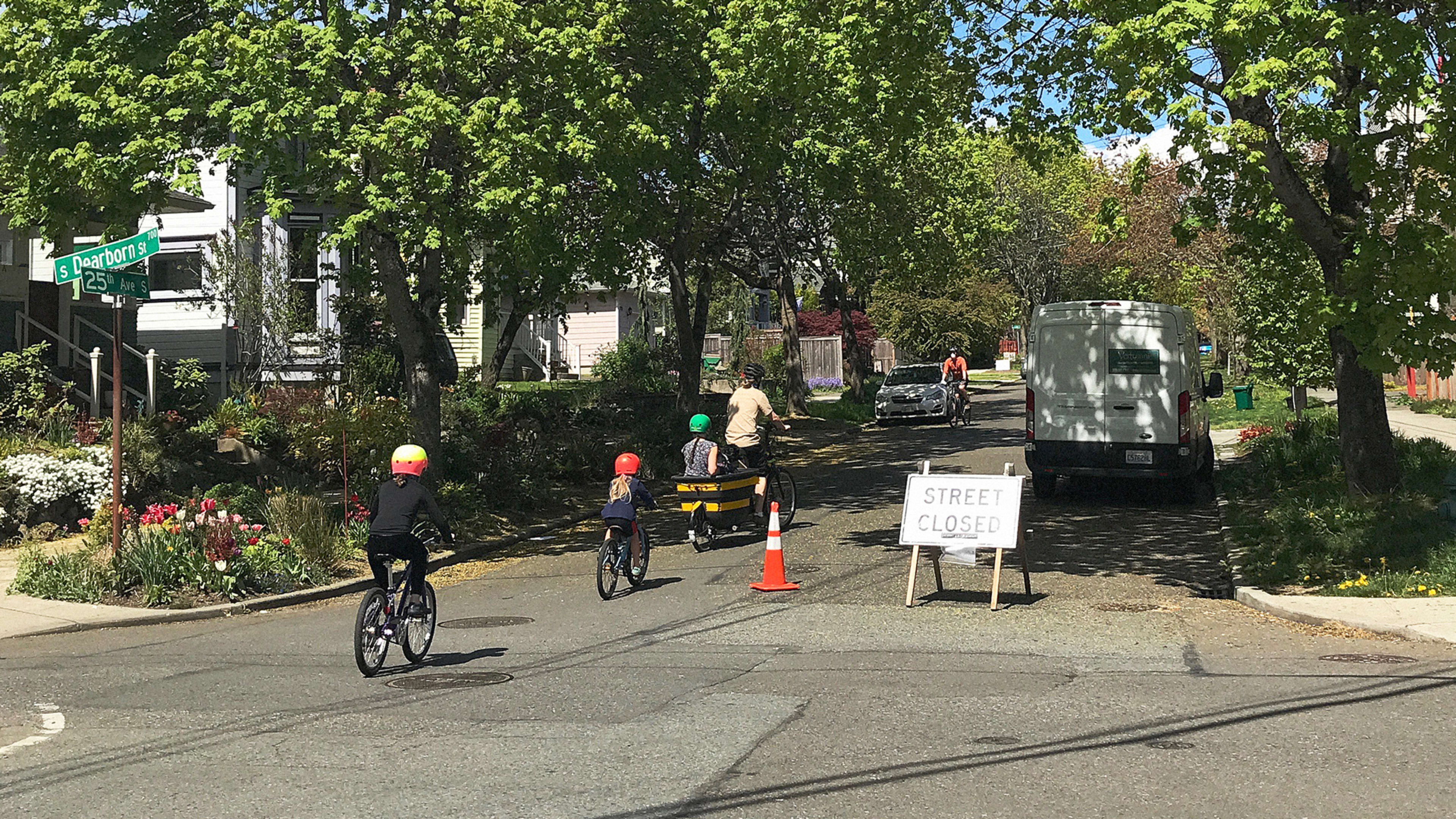In April, as the pandemic made parks and sidewalks more crowded in Seattle, the city shut down most traffic on a series of streets to help give people more room for exercise or walking to the grocery store. Now, the city plans to make the changes permanent on 20 miles of streets.
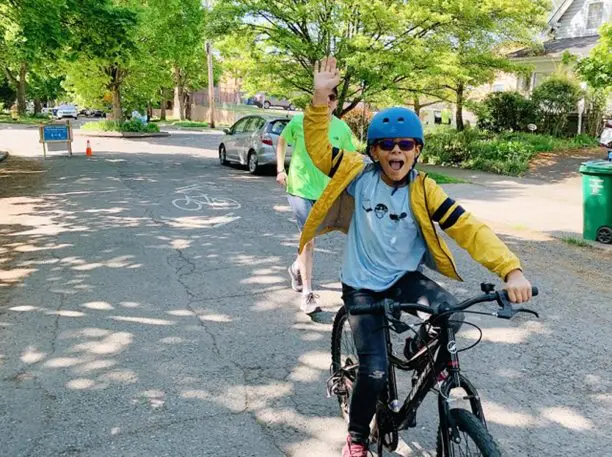
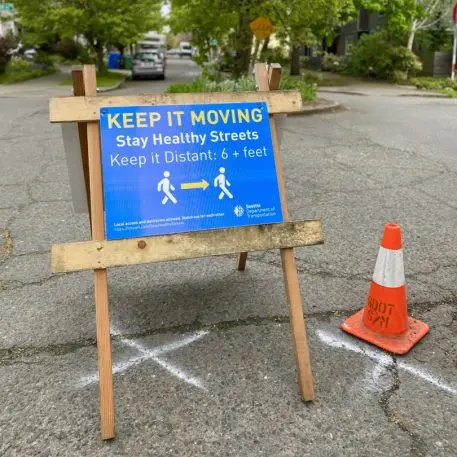
The streets are part of a network of quieter residential roads that the city has designated as greenways—relatively flat streets, in a hilly city, that can help people bike or walk to run errands. As more businesses begin to reopen and people return to work, the routes can also help workers safely commute without turning to cars. “In the immediate recovery from the pandemic, we think that it’s going to be critical for our transportation system to give people options to walk and bike,” Zimbabwe says.
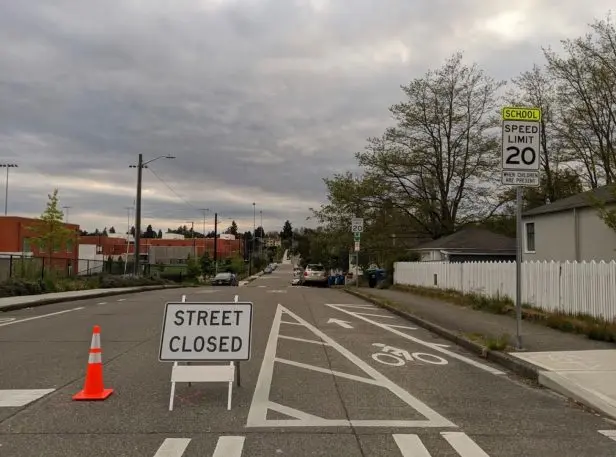
Over the last decade, the percentage of Seattle residents who drive to work has dropped more than in any large city. In 2010, more than half of commuters drove alone to work; by 2018, that had fallen to 44%. But many shifted to public transportation, and it’s not clear how many will return to buses and light rail trains while COVID-19 is still a threat. Still, the city hopes its efforts can keep them from returning to their cars. “Seattle has been the fastest-growing big city over the course of the last decade, and that came with a lot of people shifting their trips to transit and growth in transit ridership throughout the last decade,” Zimbabwe says. “If we start to lose some of those gains, it can have really challenging impacts on economic recovery and people’s ability to access jobs.”
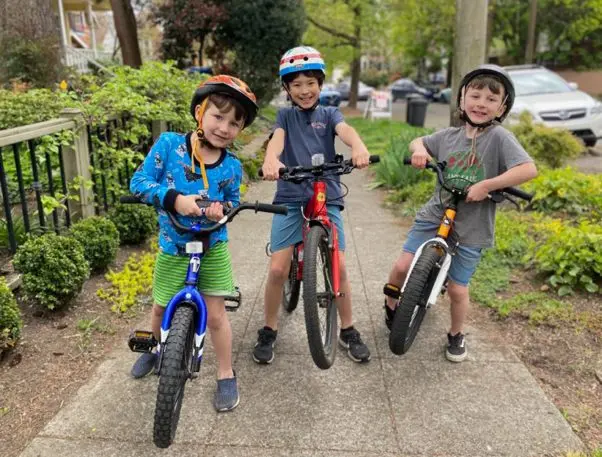
The new efforts could even tempt people out of cars who were driving before the pandemic. “Transportation, before coronavirus, was the largest sector of greenhouse gas emissions in the city,” Zimbabwe says. “So we see this 20 miles as part of a larger-scale, longer-term strategy of rapidly deploying ways for people to get around by walking and biking that enable multiple benefits—transportation benefits, physical activity health benefits, as well as greenhouse gas emissions reduction benefits that will benefit the city far beyond the lifespan of this pandemic.”
Recognize your company's culture of innovation by applying to this year's Best Workplaces for Innovators Awards before the extended deadline, April 12.
